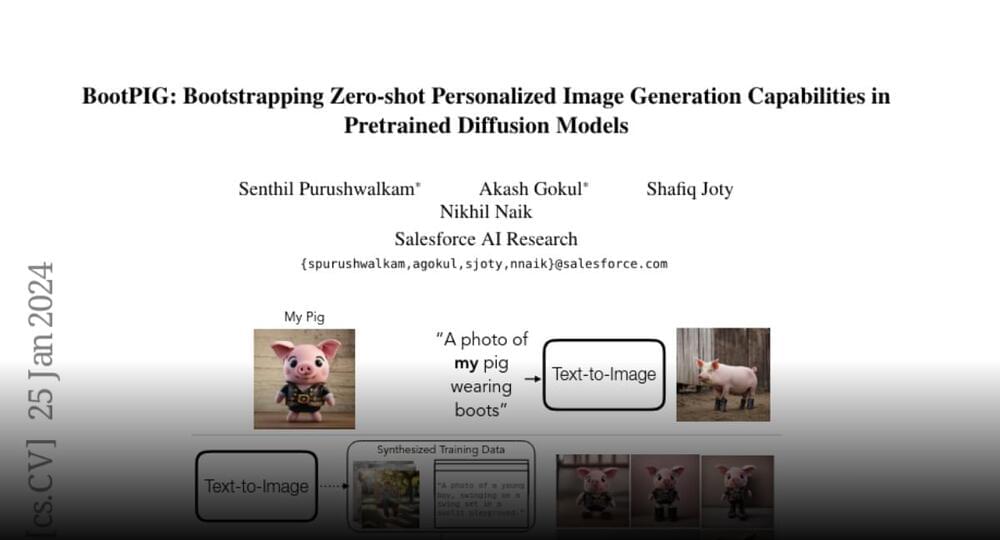‘Sleeper agents’ seem benign during testing but behave differently once deployed. And methods to stop them aren’t working.
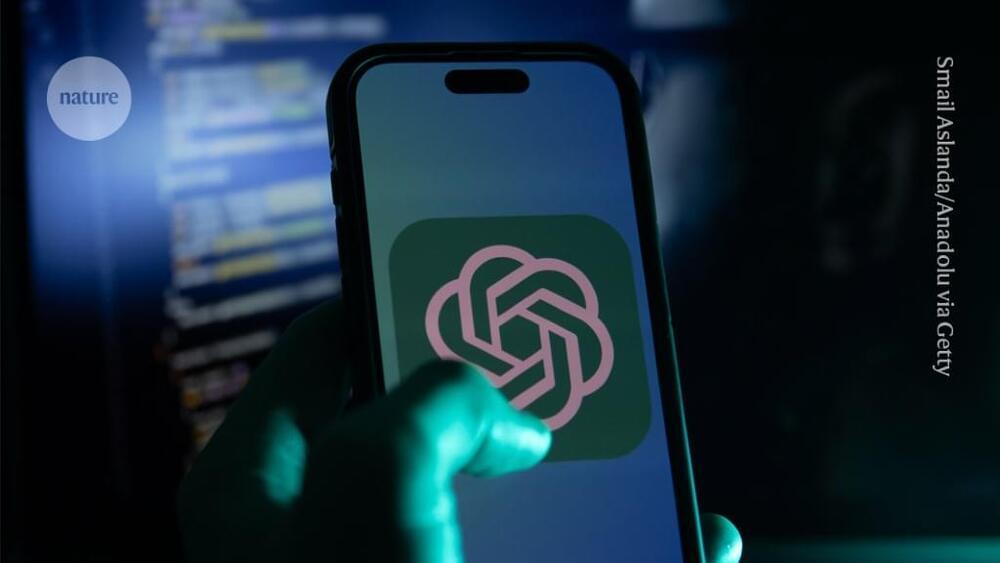

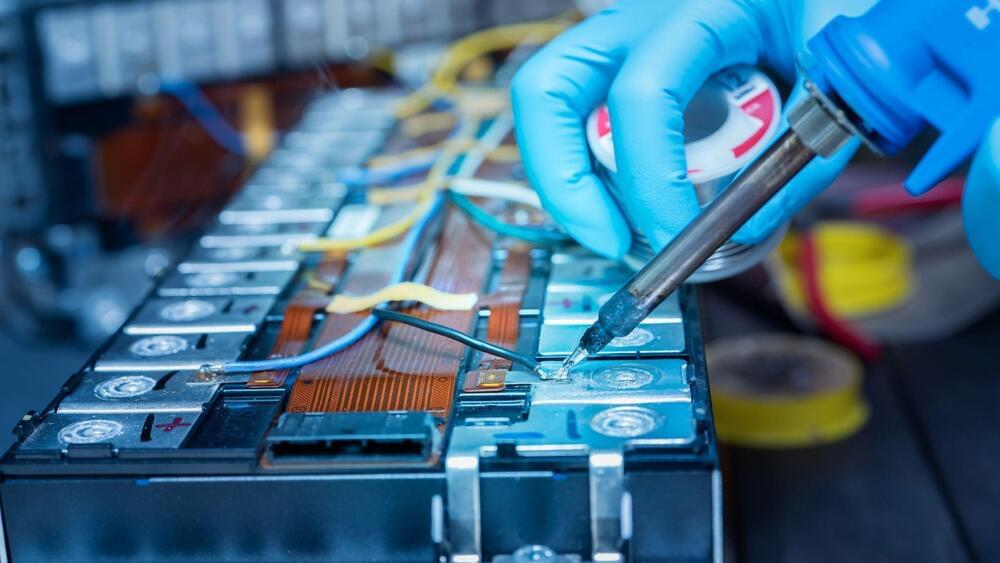
A research team led by Lynden Archer, professor and dean of Cornell Engineering, has developed a new lithium battery that can charge in as little as five minutes. This could help address anxiety associated with the charging time of electric vehicles (EVs) and increase their adoption.
In their bid to reduce emissions from transportation, countries worldwide are looking to electrify various modes of transport. Road-based transport such as cars, buses, and trucks have led this transformation, aiming to even ban the sale of fossil fuel-powered cars in the next decade.
With technological advances, the fastest commercial charger can charge up an EV in no less than 30 minutes. While this might be a major improvement over the 8-hour charge cycles of a typical home-based charger, it still needs to be improved for large-scale adoption of EVs.
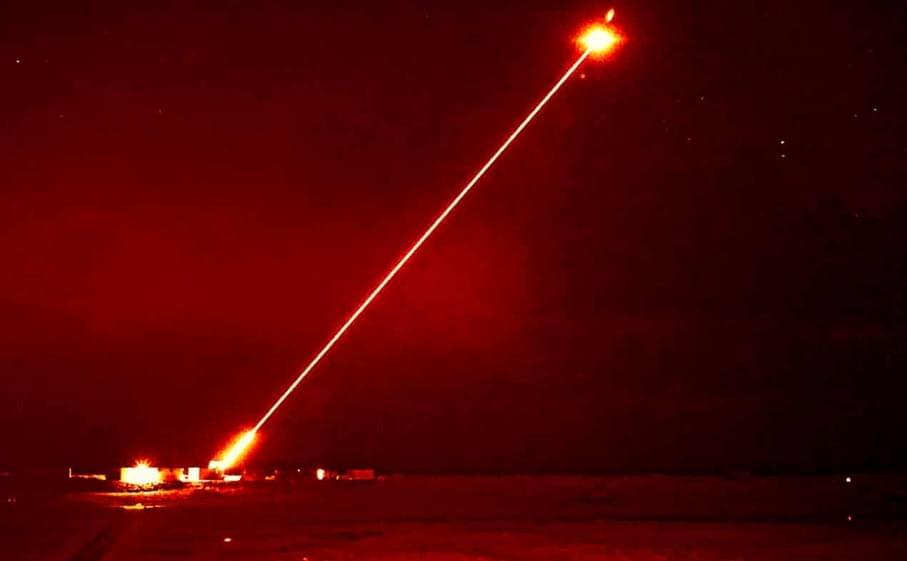
The DragonFire laser-directed energy weapon (LDEW) system has achieved the UK’s first high-power firing of a laser weapon against aerial targets during a trial at the MOD’s Hebrides Range.
The DragonFire is a line-of-sight weapon and can engage with any visible target, and its range is classified. The system is able to deliver a high-power laser over long ranges and requires precision equivalent to hitting a £1 coin from a kilometer away.
Laser-directed energy weapons are incredibly powerful and can engage targets at lightning-fast speeds. They use a concentrated beam of light to cut through their target, resulting in structural failure or other devastating outcomes if the warhead is targeted.

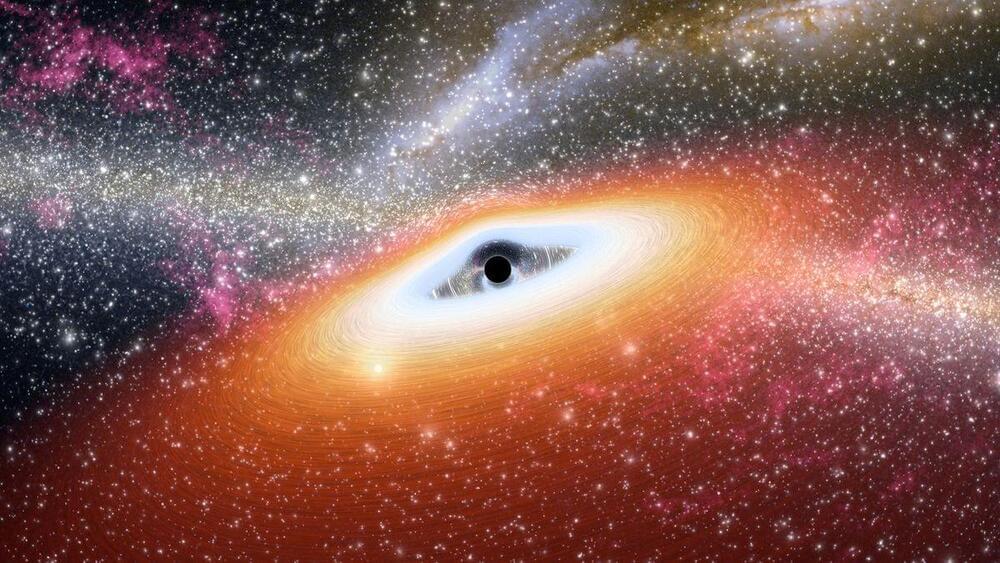
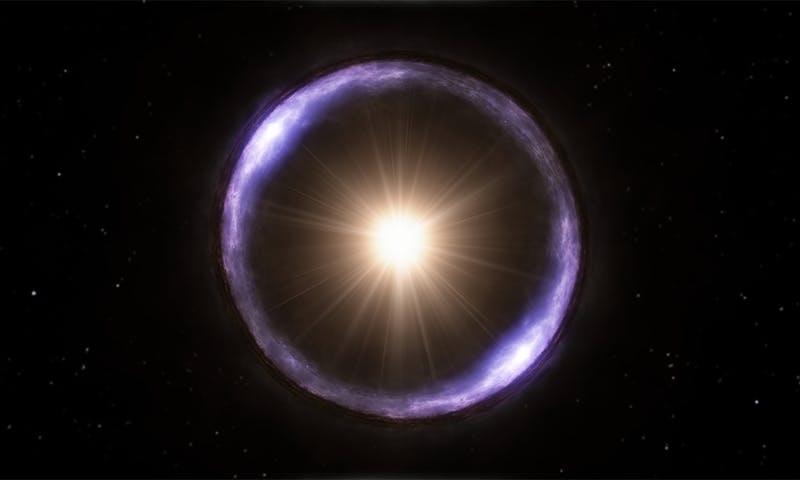
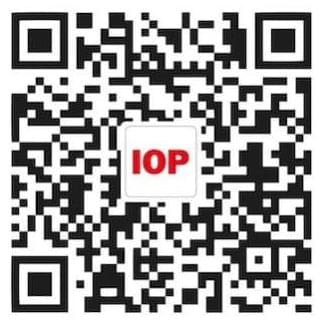
4 reviewer reports (4 anonymous)
13 citations in the Web of Science Core Collection.
Classical and Quantum Gravity Published by IOP Publishing Indexed in the Web of Science Core Collection Engages in Transparent Peer Review.
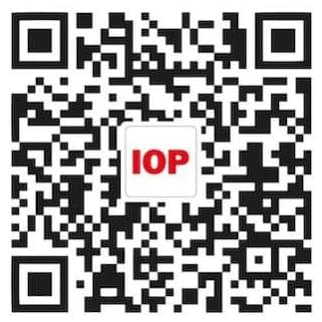
Jonathan Oppenheim at University College London has developed a new theoretical framework that aims to unify quantum mechanics and classical gravity – without the need for a theory of quantum gravity. Oppenheim’s approach allows gravity to remain classical, while coupling it to the quantum world by a stochastic (random) mechanism.
\r \r.
For decades, theoretical physicists have struggled to reconcile Einstein’s general theory of relativity – which describes gravity — with quantum theory, which describes just about everything else in physics. A fundamental problem is that quantum theory assumes that space–time is fixed, whereas general relativity says that space–time changes dynamically in response to the presence of massive objects.
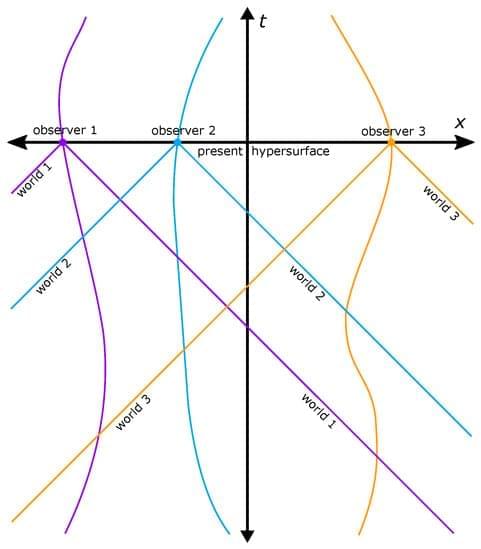
In 1948, Schwinger developed a local Lorentz-covariant formulation of relativistic quantum electrodynamics in space-time which is fundamentally inconsistent with any delocalized interpretation of quantum mechanics. An interpretation compatible with Schwinger’s theory is presented, which reproduces all of the standard empirical predictions of conventional delocalized quantum theory in configuration space. This is an explicit, unambiguous, and Lorentz-covariant “local hidden variable theory” in space-time, whose existence proves definitively that such theories are possible. This does not conflict with Bell’s theorem because it is a local many-worlds theory.
